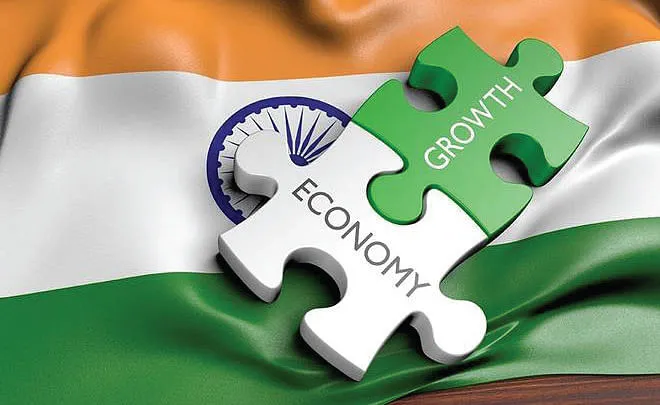The interim budget in February gave a substantial stimulusto the taxpayer. Almost three crore taxpayers moved out of the net, as theminimum threshold was raised. Further the cash transfer to farming householdsled to some consumption push, and not to forget electoral gains too. Againstthat backdrop there were expectations of further big bang stimulusannouncements. The extra expectation was also because this was the first budgetof a government which had come back with a thumping electoral win. It was in ahoneymoon first year, with plenty of political capital to spend. It couldannounce bold and politically difficult reforms, short term pain for long termeconomic gain. But all that did not happen. The budget was indeed historic as afirst full time woman Finance Minister presented to Parliament a spending planfor 27 trillion rupees. Beyond that the looming reality was that of a tight fiscalconstraint. Tax revenues grew slower than target last year. Goods and ServicesTax collections also fell short. Indeed, the total financial savings of thehouseholds is barely 10 percent of the GDP, which is equal to the totalborrowing requirement of the government and public sector. So that leaves verylittle room for funds for private investment. Since private sector competeswith the public sector for savings, which are intermediated by banks, that putsupward pressure on interest rates. This is the crowding out effect. Recognisingthis constraint, this Union Budget has reduced market borrowing, andsupplemented it by going abroad. This is actually a risky proposition to dependon dollars to invest in government bonds. This would then expose the governmentliabilities to additional currency risk. Interest rate volatilty mightincrease. Hence it would be wise to reconsider this idea of issuing a sovereigndollar bond.
There is however a crowding in effect too. The hugeinvestment in connectivity through road, water and rail ways, as well as anational gas and electricity grid, is the kind of public spending thatcomplements rather than crowds out private investment. Of course, it has to befunded from the same fiscal resources.
The increase in the taxation of the super rich makes ourdirect tax system more progressive. But there is a limit to such socialisttendencies. One cannot overdo it, especially at a time when there are reportsthat millionaires are leaving India in big numbers. Income tax rates have to beoptimal so that compliance is maximal, collection is buoyant and the tax net isas wide as possible. Almost 86 percent of GDP is taxable, representing thenon-agriculture component. Are we taxing it all in a comprehensive way, and asfair as possible? India’s overall tax to GDP ratio is among the lowest in theworld. The share of indirect taxes is slightly higher than direct taxes, whichshould change in the other direction.
The budget speech laid out a longer term vision forstart-ups, agriculture based businesses and for small and medium enterprises.The currently illiquidity plagued non-bank finance companies too got somerelief in terms of government guaranteed enhancement in credit. Importantly aninfusion of 70,000 crore of fresh equity into public sector banks will surelyincrease the quantum of loanable funds.
But ultimately growth will pick up only when private sectorinvestments pick up in a big way, which requires animal spirits and risk-takingconfidence. In a world of slowing down economies, protectionism and tit-for-tatimport tariffs, it is causing more anxiety and risk aversion.
The government has much work left to do to take the economyto an 8 or 8.5 percent growth trajectory to take us to a 5 trillion economy.
(SYNDICATE: THE BILLION PRESS)
(The writer is an economist and Senior Fellow, TakshashilaInstitution)






